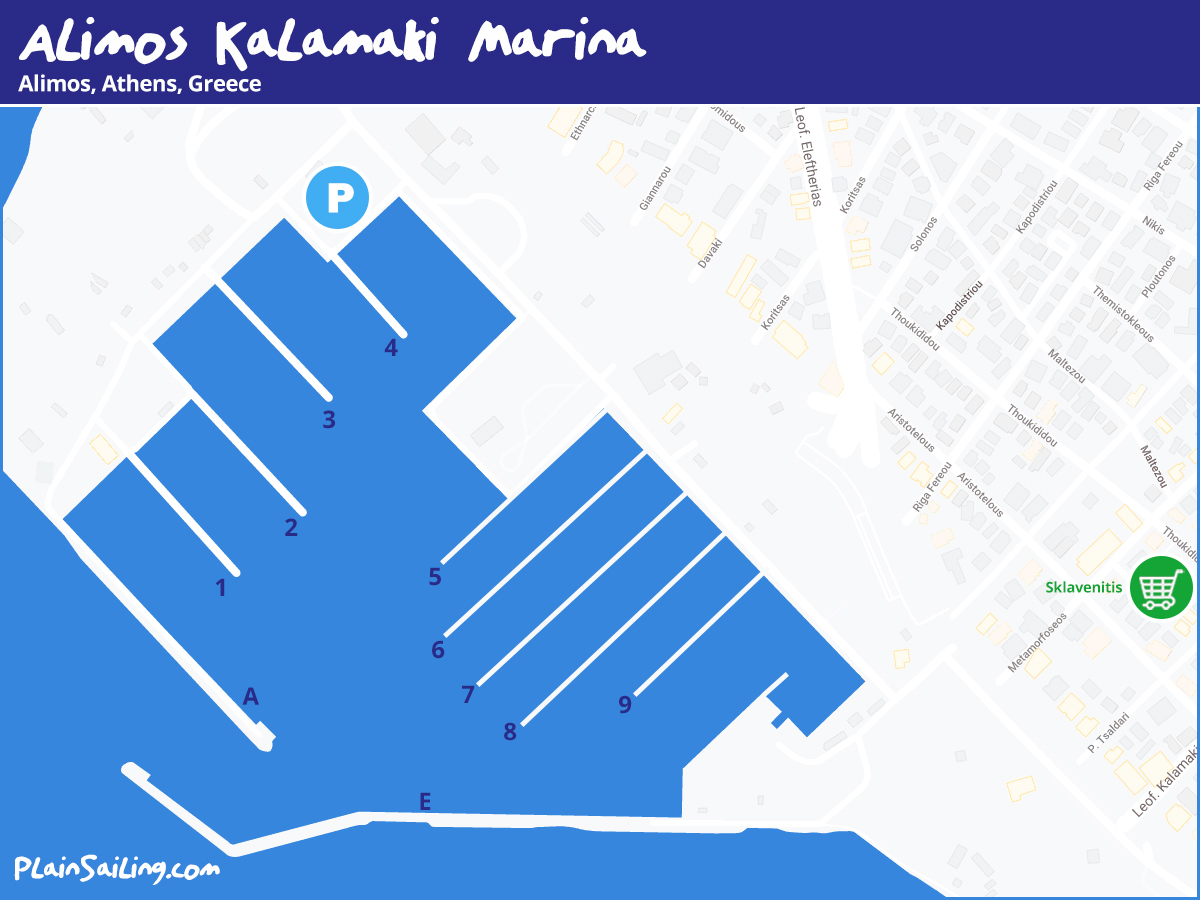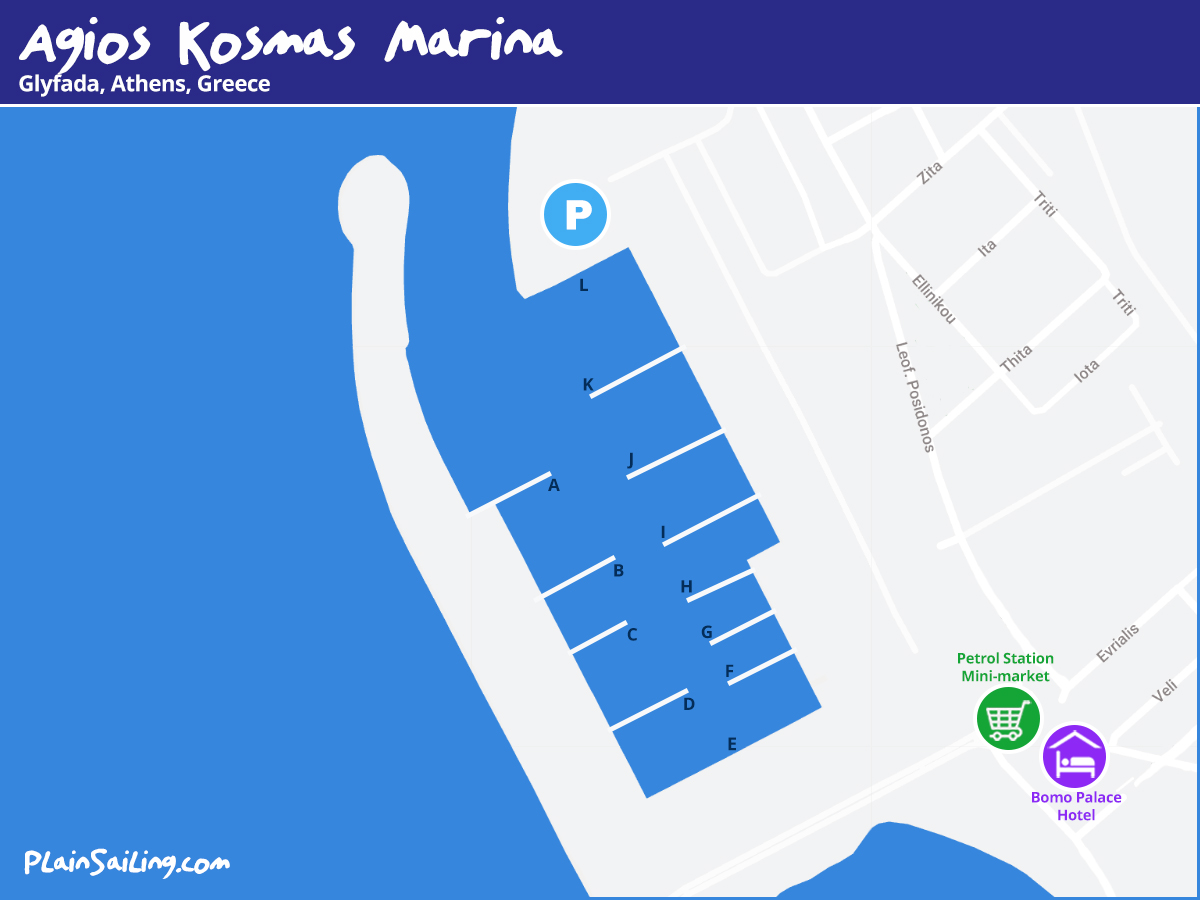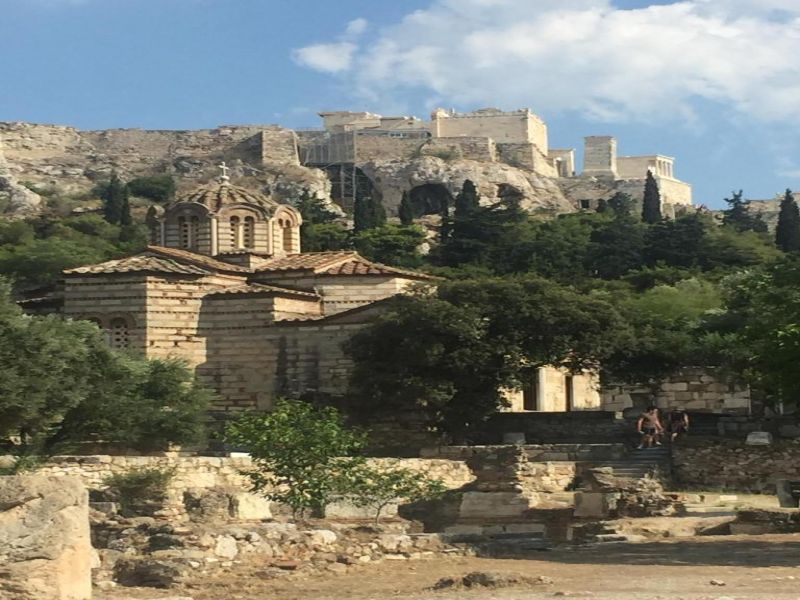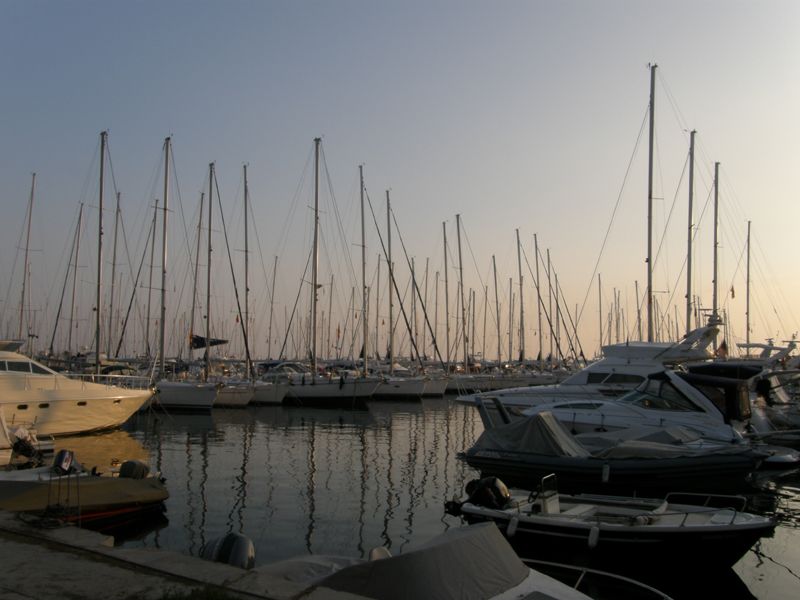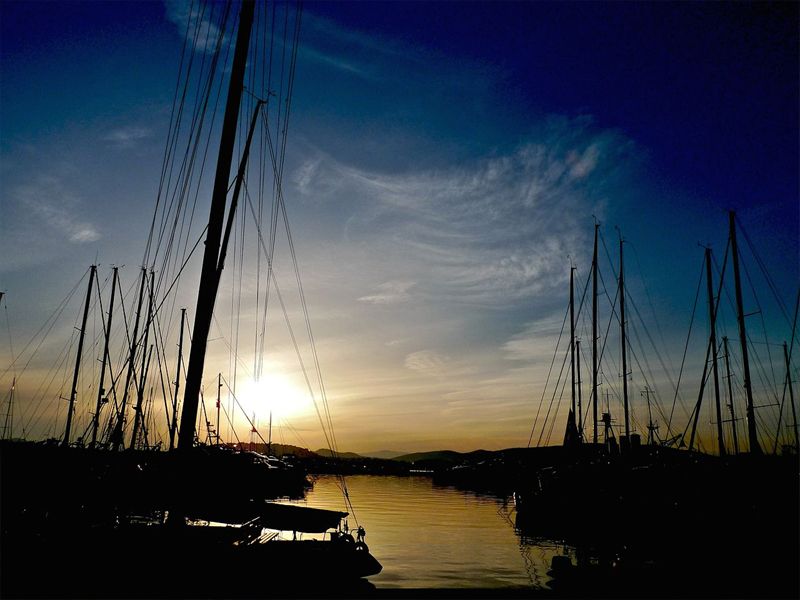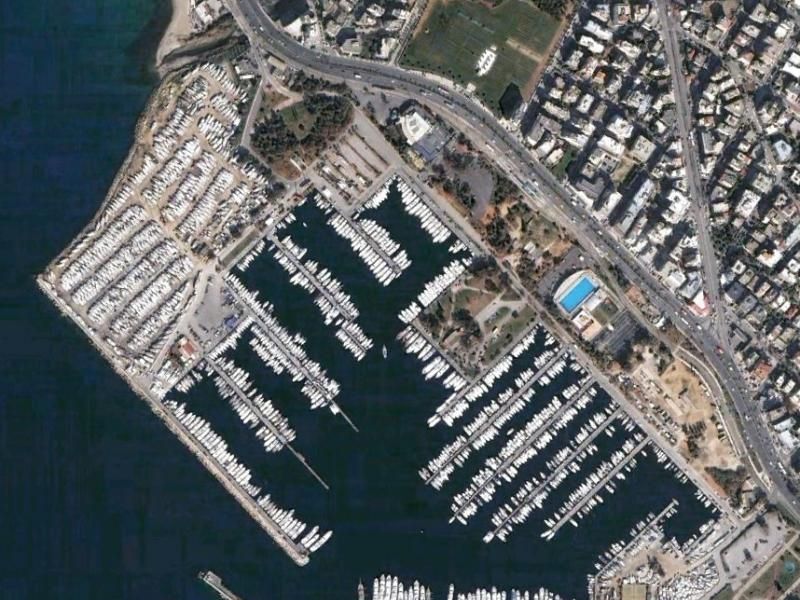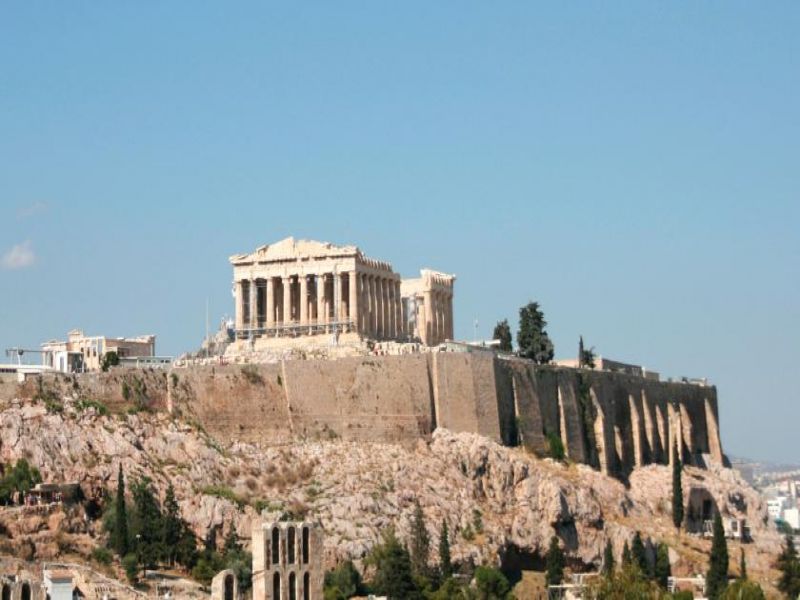6-day Sailing Itinerary from Athens
From Athens you're very well placed to explore the Saronic islands - Aegina is famous for its pistachio nuts, Poros for its vibrant tavernas and the Posedion ruins, and Hydra for the incredible stepped-town which is a joy to behold after a few hours at sea.
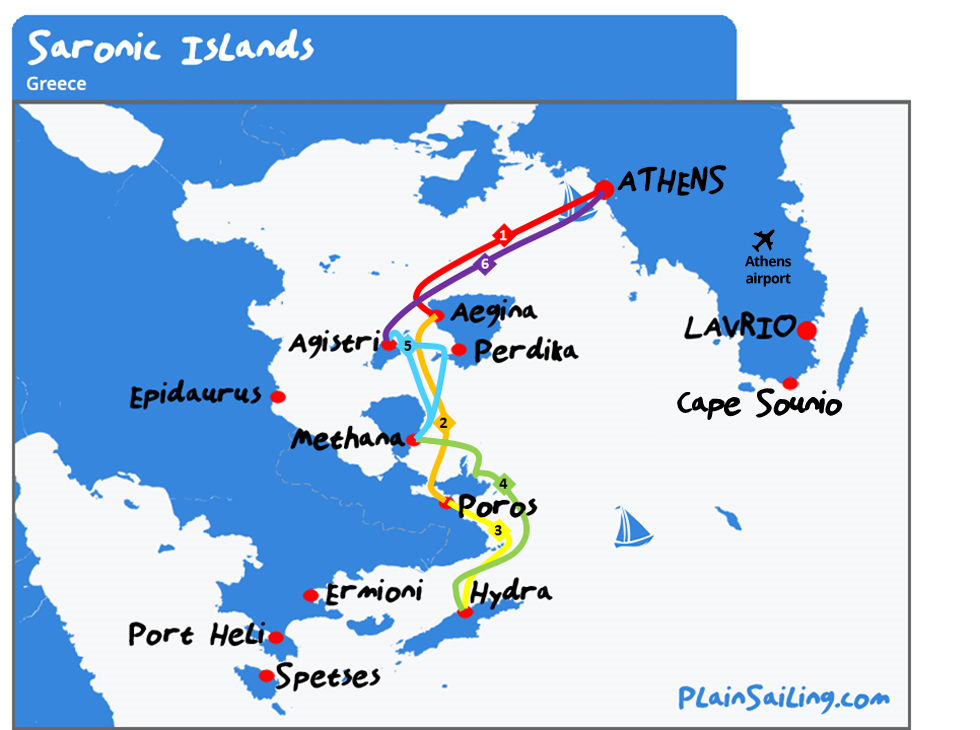 This itinerary is for 115 nM for the week, which means that, assuming you're travelling at a conservative 4-5 knots, should mean a combined 23-28 hours of sailing time – or 4-5 hours a day, leaving you ample time to explore the start or end point, get some provisions in, have a lie-in, or to stop off at interesting places en-route for lunch, shopping or a swim.This also assumes that you'll check-in on the boat on the Saturday and either spend the day getting provisions sorted and stowed, or just take the yacht or catamaran out for a quick spin before returning back to the home marina, ready to depart for your voyage bright and early on Sunday morning.
This itinerary is for 115 nM for the week, which means that, assuming you're travelling at a conservative 4-5 knots, should mean a combined 23-28 hours of sailing time – or 4-5 hours a day, leaving you ample time to explore the start or end point, get some provisions in, have a lie-in, or to stop off at interesting places en-route for lunch, shopping or a swim.This also assumes that you'll check-in on the boat on the Saturday and either spend the day getting provisions sorted and stowed, or just take the yacht or catamaran out for a quick spin before returning back to the home marina, ready to depart for your voyage bright and early on Sunday morning.
This itinerary also includes getting the boat back to the home marina for 6pm on Friday night, as required by the charter operator (so they can inspect the yacht), and then complete the check-out formalities immediately before you leave the boat (after an exhilarating week) on Saturday morning.
Day 1. Athens to Aegina – 22 nM 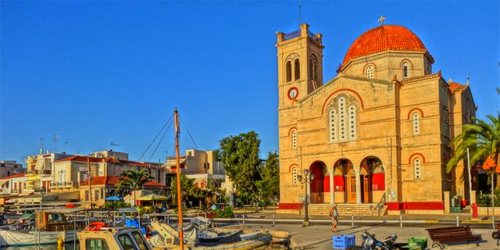
Fire up the burners and motor the yacht or catamaran gently out of the marina (taking care to remember whereabouts the yacht was parked, as you'll likely need to return it to the same general area next week), and you're ready to set sail! The first day is a straightforward sail in a SW direction - which is also the direction of the prevailing summer winds, so you'll likely be running or reaching downwind.
Avoiding the ferries and the massive cargo ships, the island of Aegina will be on the nose of the bow for most of the way, and then you tuck around the north-side of the island to find the pretty fishing village of Aegina, which has bars, restaurants and shops located around the marina to tempt you back on to dry land. Aegina is most famous for its pistachio nuts, so be sure to pick up a handful.
Day 2. Aegina to Poros – 18 nM 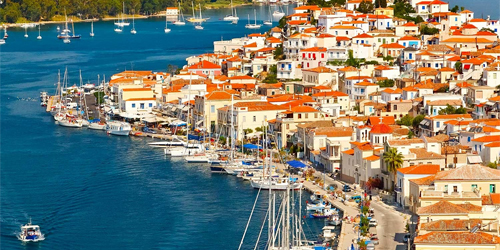
Bearing pretty much due South of Aegina, and down a funky and narrow channel (don't worry – it's plenty big enough for a yacht or a catamaran to navigate down!), you'll find the island and town of Poros. This is situated on both sides of the channel, with local taxi-boats helping to get you from one side to another, which adds a fun dimension to planning your evening entertainment.
The main part of the town is on the northern side of the channel, which offers neoclassical architecture, a town square, and a beautiful blue church tower, as well as plenty of traditional Greek taverna's, almost all of which will serve up excellent seafood. There's also the ruins of the ancient temple of Poseidon, but beware they are just ruins now.
Day 3. Poros to Hydra – 16 nM 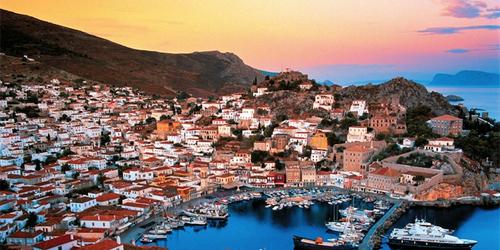
Just as Poros will seem centuries away from modern day Athens, so Hydra, the next port of call, will seem another step backwards in time - Hydra is the furthest that you'll get from Athens on this trip, in more than one sense of the word. This is an idyllic fishing village built up the steep sides of a natural bay marina, and, unbelievably, where they still haven't yet learned about the invention of the motor car! Life moves at a different pace, and Donkeys or scooters are the main form of transport on the dusty narrow roads.
From Poros, you'll bear out of the channel and in a South-easterly direction along the Peloponnese peninsular, before heading South-west to Hydra. The entry into Hydra is spectacular (and one of the high points of the Mediterranean), with the buildings on the steep sides of the bay turning the marina into something of a medieval auditorium. The marina is only small, so get there early if you want to be guaranteed a spot.
Day 4. Hydra to Methana – 21 nM 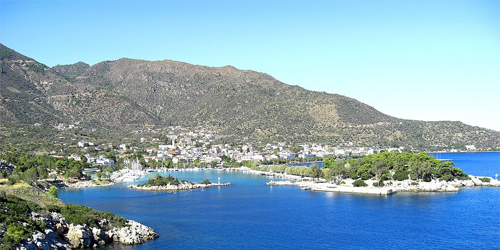
The sail from Hydra to Methana can take you back the way you came (via Poros town) or you can skip the other way around the island and take a dip in the beautiful and largely unspoilt Vagonia Bay or another bay along the East coast of Poros island. From there, it's a short hop in a North-westerly direction to the volcanic island and popular spa town of the Methana, which is also a nice, relaxed place to stroll around.
Formed from intense volcanic activity in around 260 BC, Methana's 25 volcanoes now lie pretty much dormant, save for a few sulphur springs and thermal baths (both inside and outdoors). The baths are said to have mystical healing ability, but, at the very least, they're warm. For those that like to scale volcanoes, there are a number of large craters to be found, but it's an arduous trek from the town. Plus the nearby beautiful beach of Limnionas is well worth a visit, and the view of the surrounding islands is almost just as good from sea-level.
Day 5. Methana to Agistri – 15 nM via Perdika 
The Northerly journey from Methana to Agistri is only short if you go in a straight line (which would suit if you wanted to spend an extra few hours on land at either end – for instance, in a thermal bath in Methana). If you wanted a longer sail, and now you've honed your mooring skills, you could always head for lunch in the town of Perdika (on the Southern end of the isle of Aegina), or to go snorkelling near the untouched and uninhabited isle of Moni (the small isle opposite Perdika), or to bathe on it's Paradise beach.
Agistri, or, more specifically, the town of Megalochori (or ‘Milos') at it's Northern tip, is an idyllic Greek fishing village with enchanting narrow streets. Life clearly moves at a different pace, and it's almost impossible not to relax here. As with most of the Saronic gulf, the seafood is exceptional, and you'll consider money well spent if you visit a local taverna.
Day 6. Agistri to Athens – 26 nM 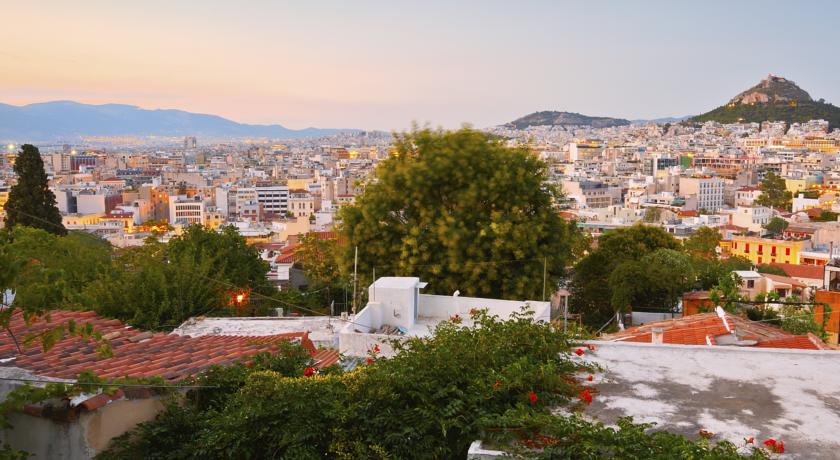
And to the final day. Sad face. From Agistri, you'll be beating into the prevailing summer wind as you work your way North-east alongside the top of Aegina (which you should recognise from the first day) and back to the marina.
If you haven't yet been to explore Athens ancient centre, then it really is well worth a visit, and the Acropolis is still a wonder to behold even after 2,000 years. A tram stop just outside the marina makes it easy to connect to the city centre, and then you can join all the other tourists in checking out the home of modern civilisation.
For those with less energy, the best beach bars in Athens are just along the coast, or the marina itself has three bars which should have not only a fun atmosphere, but also plenty of fellow sailors who you can share tales of your adventures with. And then it's time to check-out to head for home – and to start planning your next voyage with PlainSailing.com for next year (or maybe you can squeeze a quick jaunt in later on in the season...?)
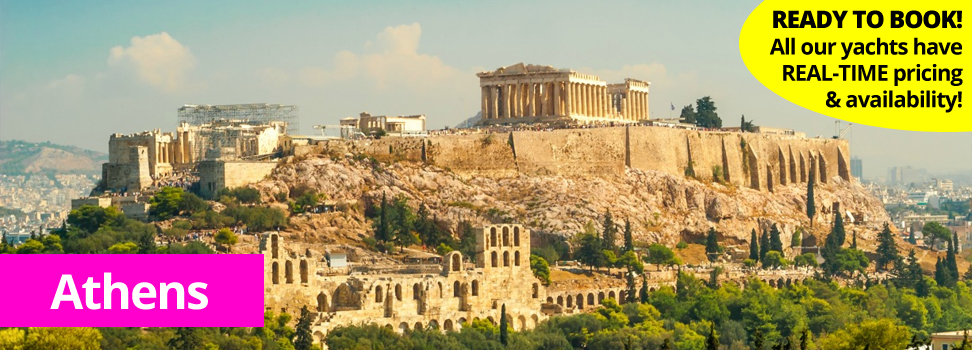
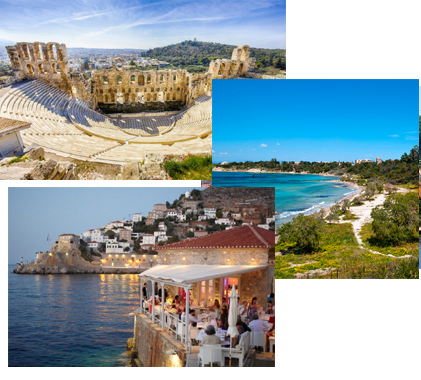
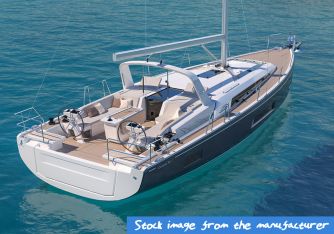
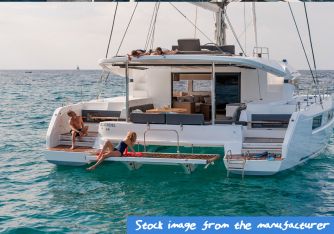







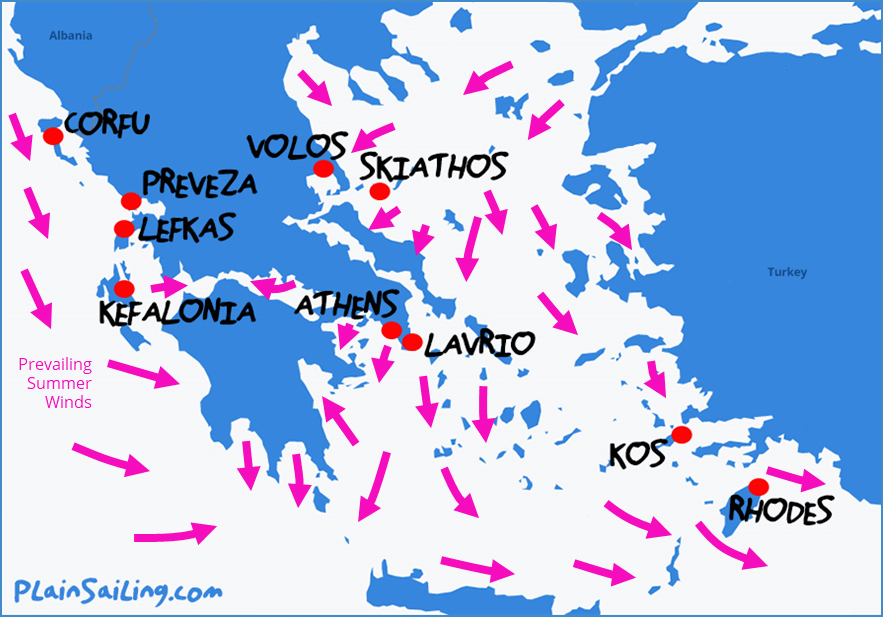
 Athens, as with Greece in general, is blessed with glorious sunshine for much of the year. The winter is very mild in winter, with the temperature rarely falling below 10 degrees. The sunbathing weather begins in late April or early May, when temperatures are consistently above 20 degrees until October (which coincides neatly with the sailing season). July and August are the warmest months in Athens, when temperatures average 30 degrees but often reach up to 40 degrees, which can feel stifling when you are not in the wind or the shade.
Athens, as with Greece in general, is blessed with glorious sunshine for much of the year. The winter is very mild in winter, with the temperature rarely falling below 10 degrees. The sunbathing weather begins in late April or early May, when temperatures are consistently above 20 degrees until October (which coincides neatly with the sailing season). July and August are the warmest months in Athens, when temperatures average 30 degrees but often reach up to 40 degrees, which can feel stifling when you are not in the wind or the shade.
